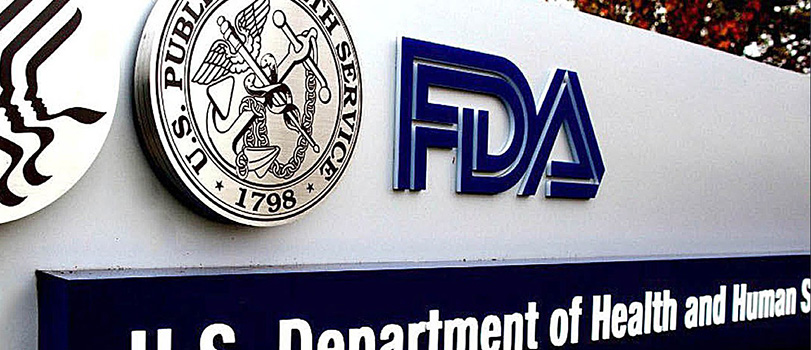FDA Testing Shows No Detectable Level of PFAS in Majority of Foods

U.S. Food and Drug Administration (FDA) testing continues to show that the majority of foods do not contain detectable levels of 16 different types of per-and polyfluoroalkyl substances (PFAS). Testing results released by the agency on August 26, 2021, showed that 164 of 167 foods tested had no detectable levels of any of the 16 PFAS measured. The three food samples that had detectable levels were: fish sticks, canned tuna, and protein powder. The test results were from FDA’s first survey of nationally distributed processed foods collected for the Total Diet Study (TDS). An FDA constituent update on the most recent dataset can be found here.
An earlier dataset released by FDA on June 30, 2021, showed that PFAS was detected in only one of 94 food samples. That set of testing included a variety of breads, cakes, fruits, dairy, vegetables, meats, poultry, fish, and bottled water. PFAS was detected in a single sample of cod, which contained detectable levels of two PFAS compounds, perfluorooctane sulfonate (PFOS) and perfluorononanoic acid (PFNA).
The Total Diet Study (TDS) is a program FDA began in 1961 to monitor the levels of nutrients, toxic elements, pesticide residues, and other chemicals in food. The Agency’s testing of TDS samples for PFAS is intended to determine if targeted sampling assignments are necessary for certain food items and to help inform its approach to future surveillance efforts. To date, FDA has released four datasets on PFAS in food.
FDA’s constituent update (link provided above) concludes that “[b]ased on the best available current science, the FDA has no scientific evidence that the levels of PFAS found in the TDS samples tested since 2019 indicate a need to avoid any particular foods in the general food supply.”